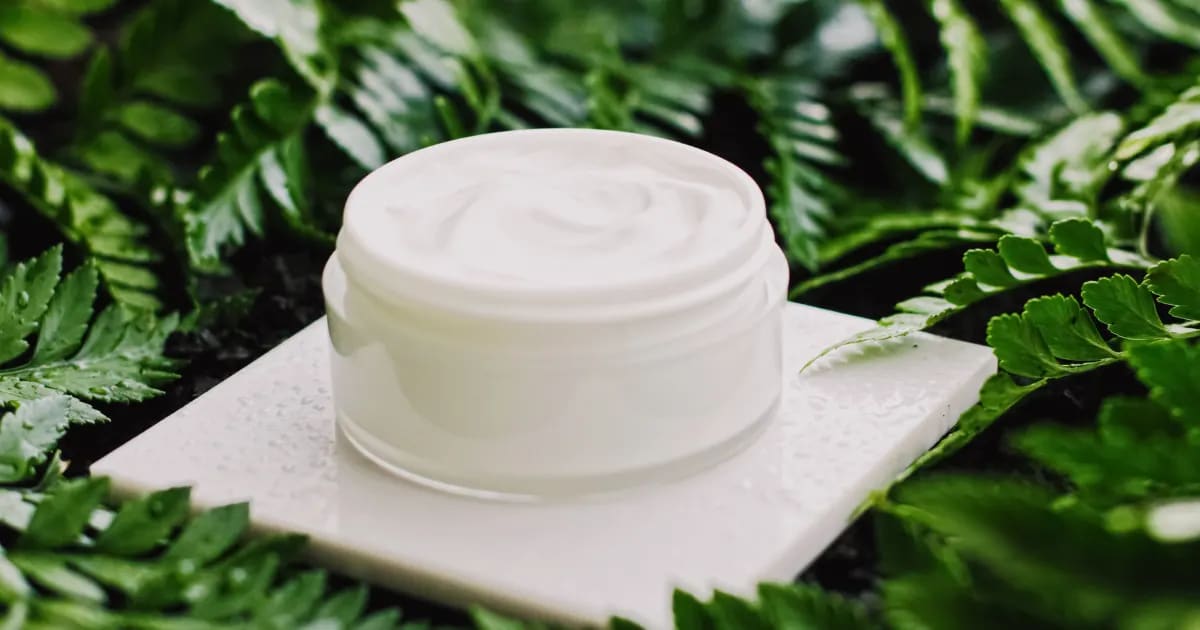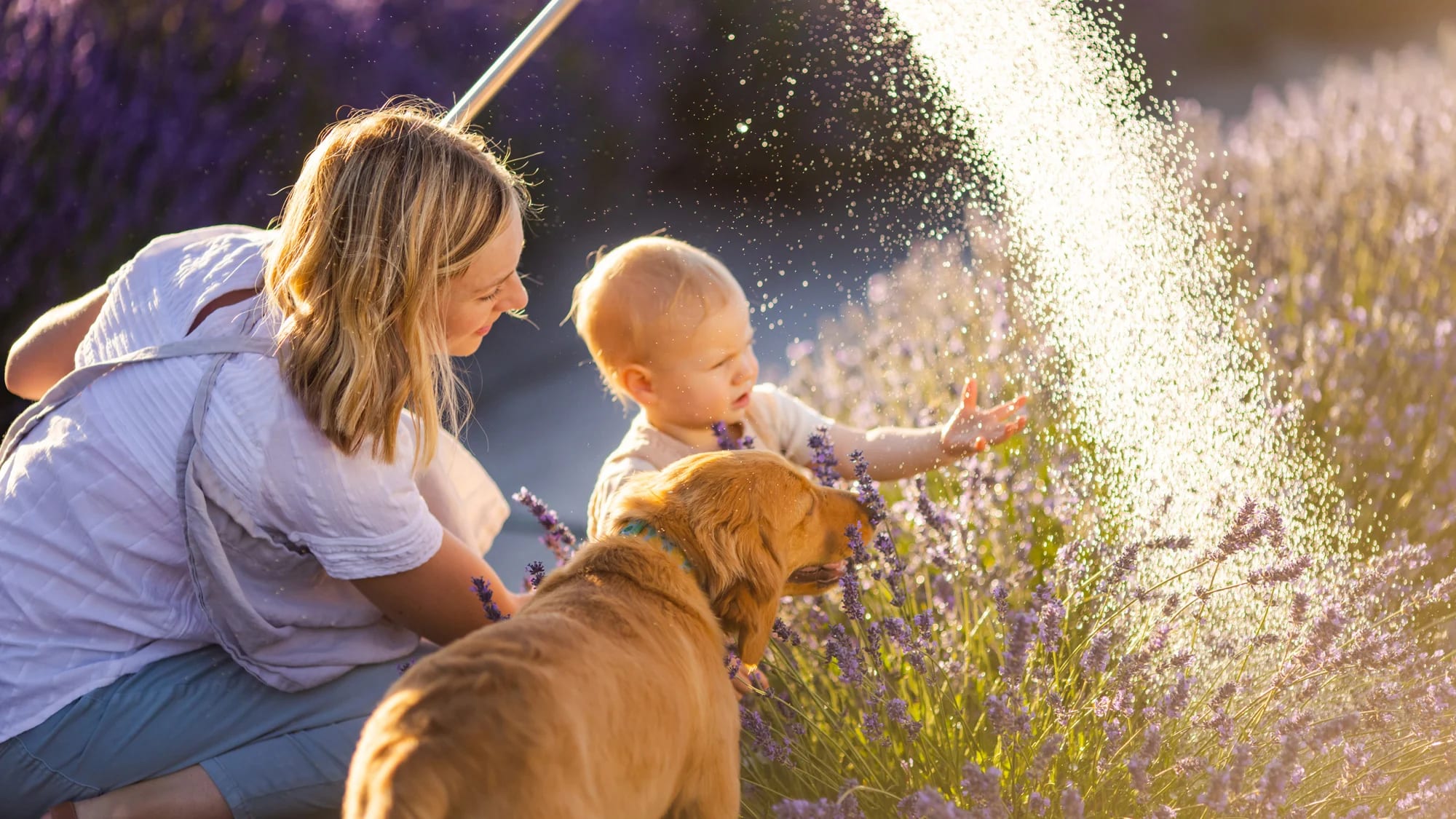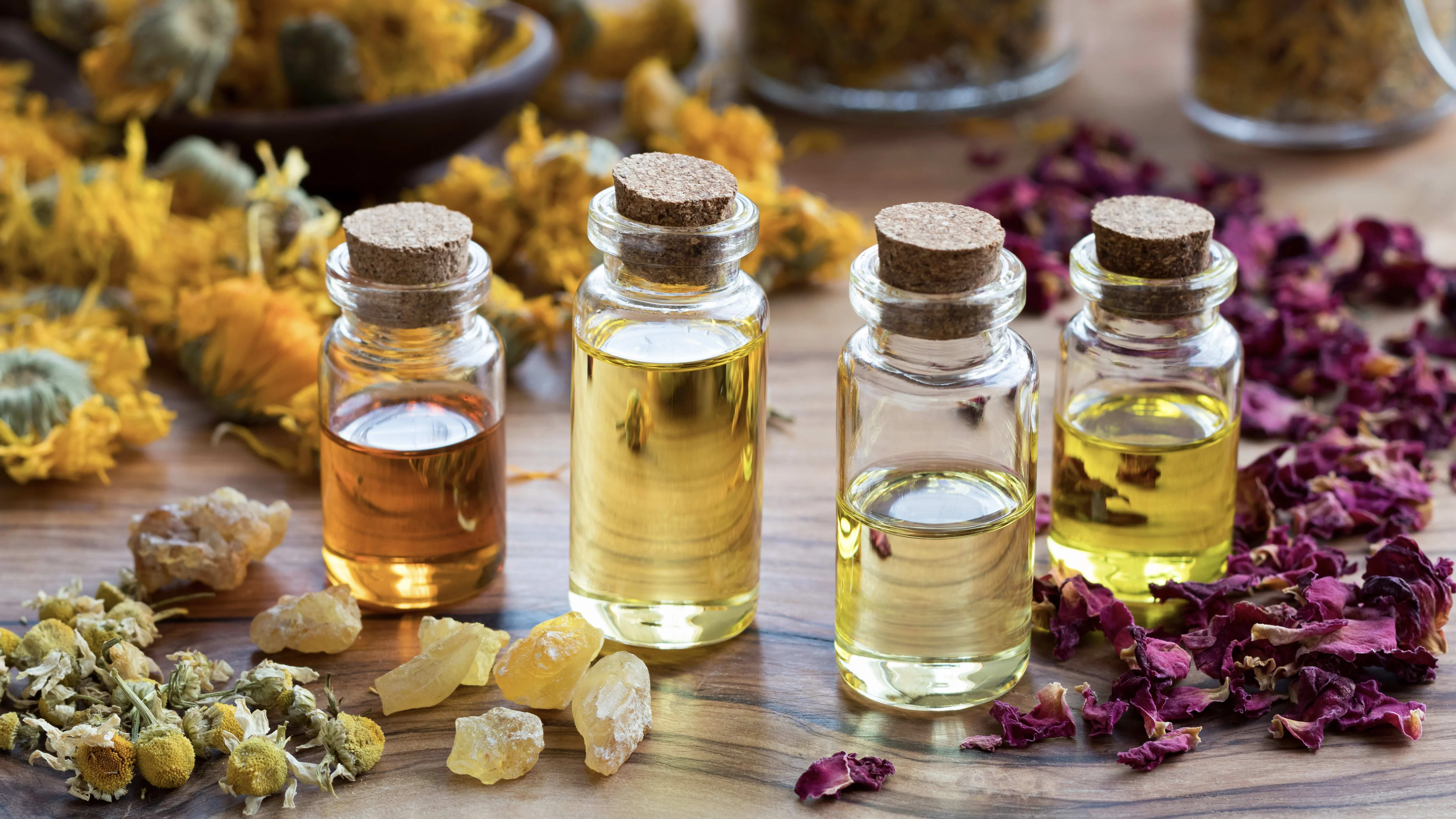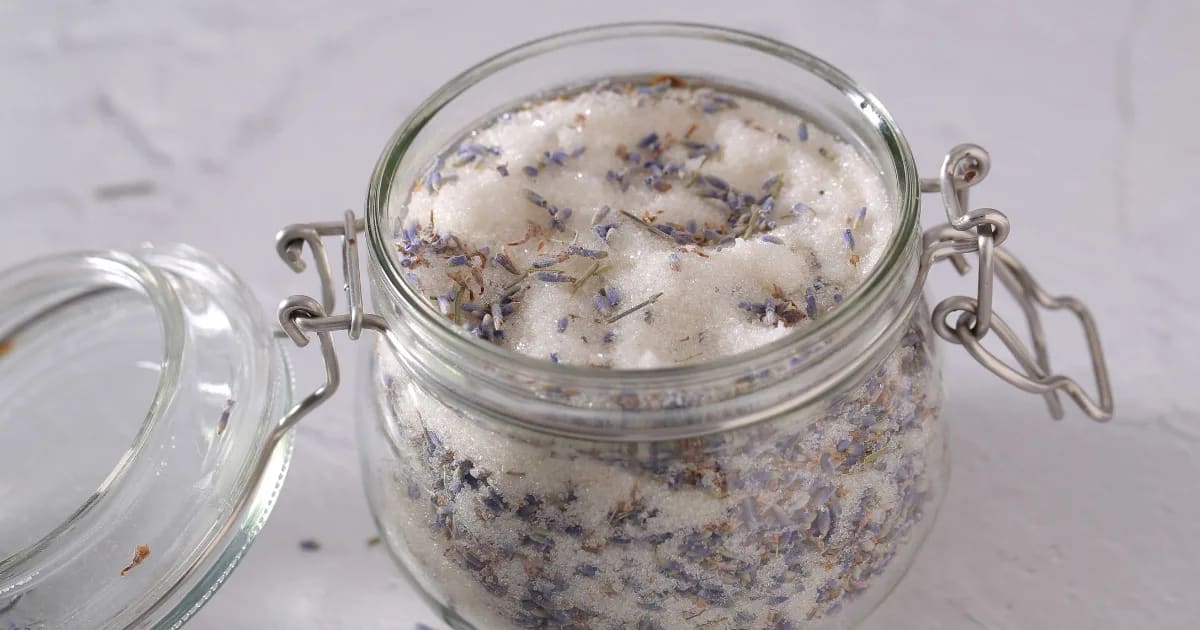Protect Skin Cells with Antioxidant Bee Balm Oil

A Healthy Habit’s Unforeseen Side Effect
I am often inspired by my niece and nephew-in-law, who live beautifully healthy lifestyles and often go to the gym together. Unfortunately, not everyone at the gym takes the time to wipe down their equipment after using it, leaving a variety of bacteria, fungi, sweat, and body products behind for the next user.
This exposure may lead to oxidative stress—a process where cells experience “wear and tear,” and this stress can cause degeneration and even result in irritation or dermatitis. Understanding and managing oxidative stress can contribute to better skin health.
In this post, you’ll learn how antioxidants aid in protecting our skin by preventing cells from being damaged or “going rogue.” We’ll explore research that demonstrates how Bee Balm oil’s main components fight oxidative stress. We’ll cover how to safely use this potent oil in skin products, and share an exclusive recipe for a lotion packed with antioxidant benefits.
It is simply a natural part of life that our skin contends with oxidative stress every day. Thankfully, we have allies in essential oils that can protect and prevent damage to our skin!
How Antioxidants Protect Our Skin
We frequently hear the word “antioxidant” in relation to skin care. Let’s take a look at what antioxidants do, so we understand why they’re important.
Every day, our bodies are exposed to particles called “free radicals.” These can be atoms, molecules, or ions that are missing an electron, making them unstable and highly reactive. Electrons like to exist in pairs, and free radicals are missing the other half of a pair. They are eager to replace the missing electron and do so by stealing them from healthy cells.
These attacks from free radicals damage the cells of our skin, as well as the cells of all of the tissues and organs throughout our bodies. An unstable cell degrades quickly, or it can mutate and grow in an abnormal way. This results in issues such as skin irritation or premature aging, and even the development of cancerous cells.
Antioxidants create a buffer between free radicals and healthy cells that prevents those unstable particles from damaging the cells. Instead of stealing electrons from the cells, the free radicals take them from the antioxidants.
Bee Balm’s Antioxidant Benefits
As we have been discussing in our Bee Balm series, two of the prominent components in this oil are carvacrol and thymol. (See my profile of Bee Balm, “Benefits and Uses of a Warrior Oil” to learn more.)
Carvacrol and thymol are powerhouse molecules! They’re strong enough to fight microbes like bacteria and fungi. These two molecules are why I trust Bee Balm to protect wounds from infection, and to keep my home free of germs.
The protective potential of carvacrol and thymol does not end there! These molecules are also mighty antioxidants.
A 2005 study showed that even very low concentrations of “thymol and carvacrol . . . significantly reduced oxidative DNA damage.”
Another 2005 study found that thymol and carvacrol inhibited oxidation up to 100%—and that their actions were comparable to those of proven antioxidants like vitamin E.
A research project in 2012 comparing 423 essential oils from 48 botanical families demonstrated that essential oils in the Lamiaceae family—which includes Bee Balm—were the most potent antioxidants. (Oils in the Myrtaceae family, which includes Tea Tree, Melaleuca alternifolia, also performed very well.)
Blending Bee Balm with Other Antioxidants
When using Bee Balm topically, we want to make sure to blend it with skin-nourishing ingredients. Carvacrol and thymol make Bee Balm a robust antioxidant, but these strong molecules can be harsh on the skin. We can balance them with gentle molecules (like linalool in Lavender, Lavandula angustifolia), and with rich, skin-supportive carriers like shea butter (Vitellaria paradoxa) or jojoba oil (Simmondsia chinensis).
For general skin care, a natural lotion is a great carrier for supportive essential oil blends. Lotion absorbs quickly into the skin, delivering those potent antioxidants without delay. Aloe vera gel (Aloe barbadensis) is another light and absorbent carrier, and it works well for products intended for small areas of the body or for the face. Argan oil (Argania spinosa) is another excellent choice for facial care, and it offers a nourishing base for a Bee Balm blend to dab on acne or problematic moles.
To protect your skin from pathogens or help combat an infection (perhaps from unsanitized gym equipment), you can blend Bee Balm with other antioxidant oils that fight microbes to combat the infection from several angles. For example, Tea Tree (Melaleuca alternifolia) contains terpinen-4-ol, and Eucalyptus (Eucalyptus globulus) is rich in 1,8-cineole, and these components are both strong antimicrobials.
For irritated or itchy skin, we can combine Bee Balm with oils like Yarrow (Achillea millefolium) or Lavender (Lavandula angustifolia) to calm inflammation and support healing.
Essential oils are powerful allies! Understanding their properties empowers us to create effective blends far a variety of concerns.
Safety
Bee Balm’s carvacrol and thymol are phenols, and oils rich in phenols come with certain safety considerations and should be used with great respect.
Carvacrol and thymol can irritate skin and mucous membranes. For safe application in topical products, dilute Bee Balm essential oil to a 1% concentration in your blends. This means using about 5 or 6 drops in 1 oz (30 ml) of carrier.
Recipe
Our skin works hard to protect us from the dangers of the world, and it deserves some loving care in return. This lotion blend with powerful Bee Balm, nourishing Lavender, and zesty, cleansing Grapefruit oil will help to safeguard the skin from free radicals and infection. I’ll give a bottle of this to my niece and nephew-in-law!

Bee Balm Antioxidant Lotion
2 oz (56 g) natural unscented lotion
14 drops Lavender oil (Lavandula angustifolia)
10 drops Grapefruit oil (Citrus paradisi)
6 drops Bee Balm oil (Monarda fistulosa)
Directions
Make this blend in a 2 oz (56 gm) glass or PET plastic lotion pump or a flip top bottle.
Add the lotion into a glass or a PET plastic jar.
Add the essential oils.
Stir well! It may take a couple minutes to incorporate the essential oils into the lotion. Once they’re fully blended, they won’t separate back out.
Use this blend after going to the gym or for daily antioxidant support.
If you choose to adjust this recipe, keep in mind that Grapefruit is a phototoxic essential oil. This recipe is well within Grapefruit’s safety range, but you can safely use up to 24 drops of Grapefruit oil per 1 fl oz (30 ml) of carrier. Too many drops in your blend can cause a skin reaction if you apply the product to an area and then expose that skin to sunlight. (Learn more about phototoxic oils in this post.)

My Takeaway
Bee Balm is a powerful guardian against the challenges our skin faces every day! Its components carvacrol and thymol are some of the most potent antioxidants in the essential oil world, and Bee Balm blends beautifully with variety of other oils that also offer antioxidant benefits. Used with respect, Bee Balm can be a dependable ally in protecting our skin and supporting our overall wellbeing.
References
Anthony, K. P., Deolu‐Sobogun, S. A., & Saleh, M. A. (2012). Comprehensive assessment of antioxidant activity of essential oils. Journal of food science, 77(8), C839-C843.
Aydın, S., Başaran, A. A., & Başaran, N. (2005). Modulating effects of thyme and its major ingredients on oxidative DNA damage in human lymphocytes. Journal of agricultural and food chemistry, 53(4), 1299-1305.
Lee, S. J., Umano, K., Shibamoto, T., & Lee, K. G. (2005). Identification of volatile components in basil (Ocimum basilicum L.) and thyme leaves (Thymus vulgaris L.) and their antioxidant properties. Food Chemistry, 91(1), 131-137.





